

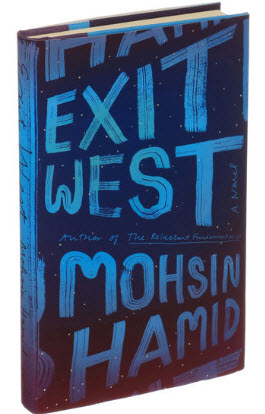
Exit West
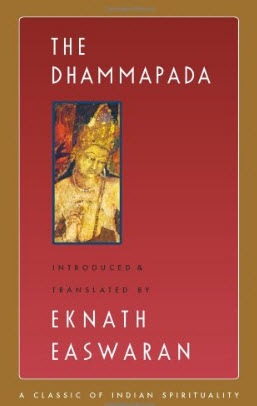
The Dhammapada
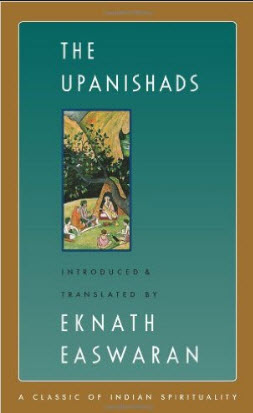
The Upanishads
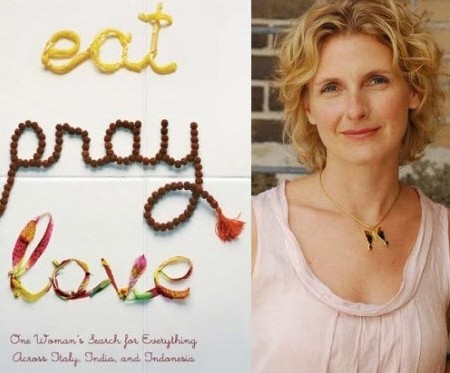
Eat, Pray, Love
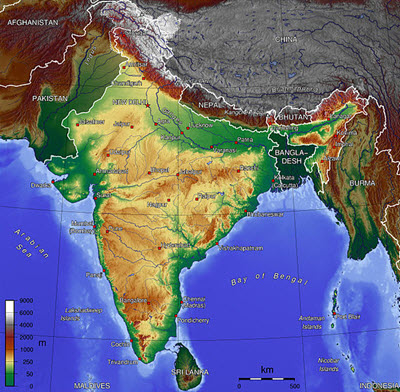
All roads lead to India?
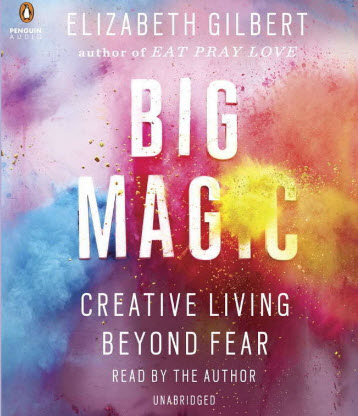
Big Magic: Creative Living Beyond Fear
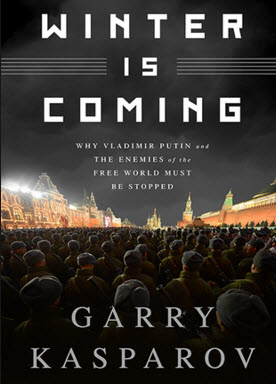
Winter Is Coming
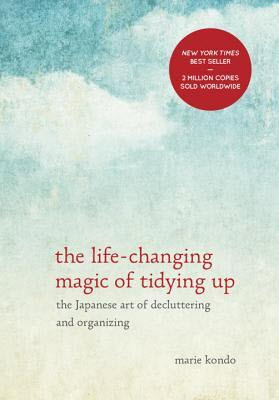
The Life-Changing Magic of Tidying Up
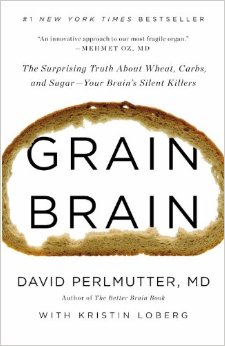
Grain Brain

Pareidolia

Who v. Whom

At the Heart of Personal Narrative
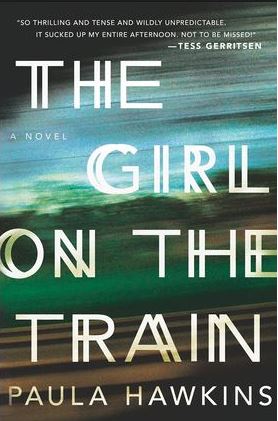
The Girl on the Train

Slaughterhouse Five

Pat’s Place in Neah Bay, WA

Rialto Beach

Latin alphabet: timeline of influences and developments
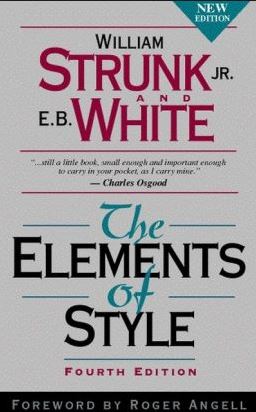
Strunk and White
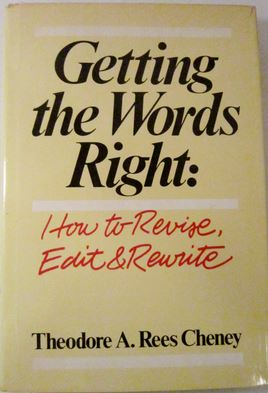
Getting the Words Right: How to Revise, Edit, and Rewrite

Rhetoric: Elocutio (Part 2): Ornament

Rhetoric: Elocutio (Part 1)
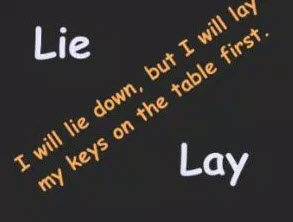
Commonly misused words

The 5 Canons of Rhetoric

Word of the Day: Heuristic

Clarity Tips

Some Classics to Explore

6 + 1 Writing Traits: Presentation

6 + 1 Writing Traits: Conventions

6 + 1 Writing Traits: Sentence Fluency
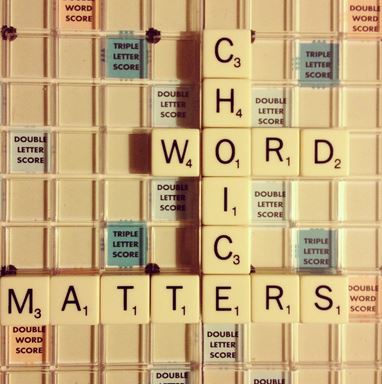
6 + 1 Writing Traits: Word Choice

6 + 1 Writing Traits: Voice

6 + 1 Writing Traits: Organization

6 + 1 Analytical Model for Assessing Writing: Ideas

6 + 1 Trait Analytical Model for Assessing and Teaching Writing
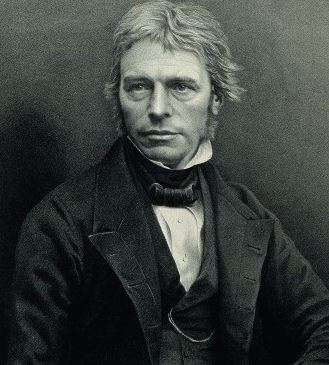
Michael Faraday and Other Musings

Stormscapes by Nicolaus Wegner on Vimeo

Random Russian Reading List
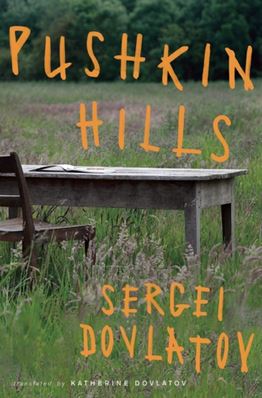
Pushkin Hills
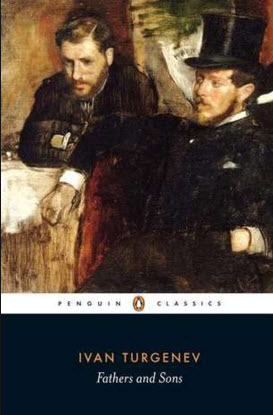
Fathers and Sons
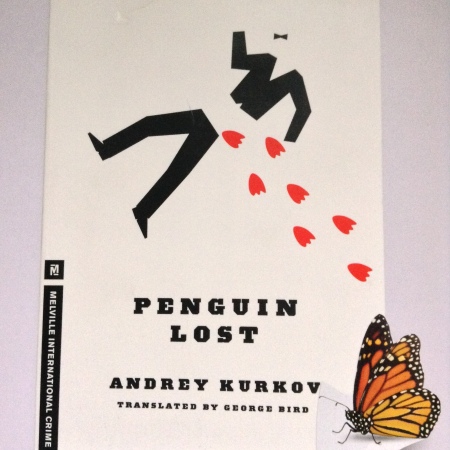
Penguin Lost

NaPoWriMo Day 28: Clouds

NaPoWriMo (Day 11): Morning flight
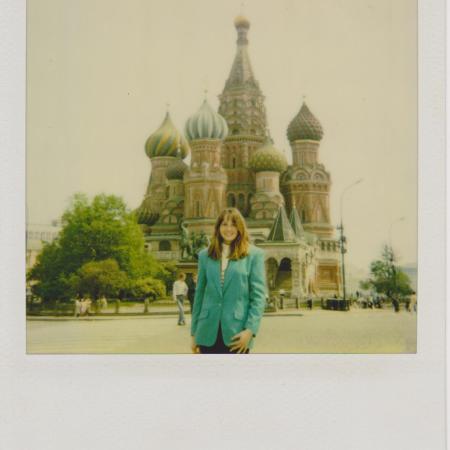
NaPoWriMo (Day 10): Shattered

NaPoWriMo (Day 9): Butterflies

Fallen Swan

NaPoWriMo (Day 7): Potato

NaPoWriMo Day 6 (Lanturnes)

NaPoWriMo Day 5 (Villanelle): Running for the Train

NaPoWriMo Day 3 (Palindrome): It stopped with you

NaPoWriMo Day 2 (Brevette): Epiphanies

NaPoWriMo Day 1 (Acrostic): Razor

April Poetry Forums

War and Peace Book Review: Part II

War and Peace: Book Review Part I
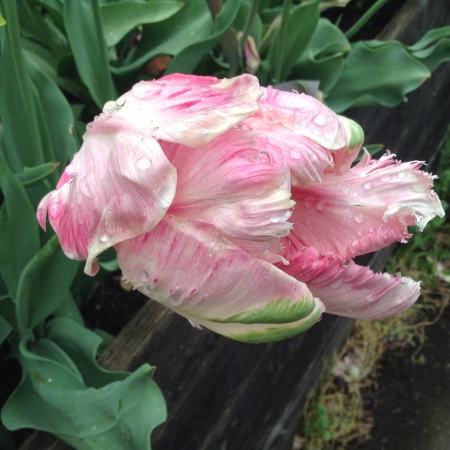
The treason of the artist
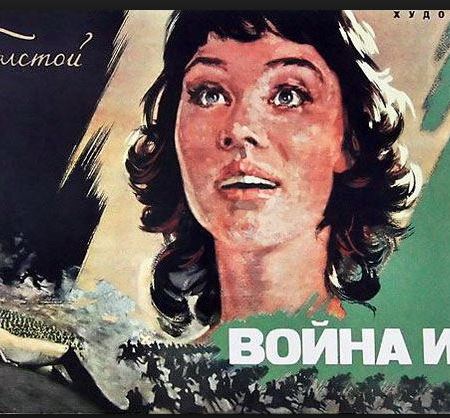
War and Peace: Tips for Reading

The Lizzy Bennet Diaries
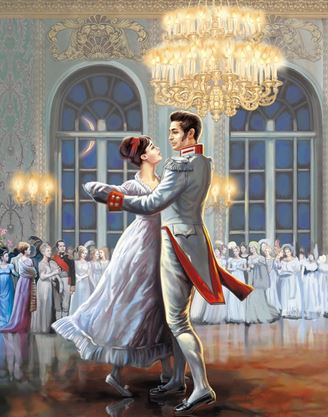
War and Peace: Reader Preparation
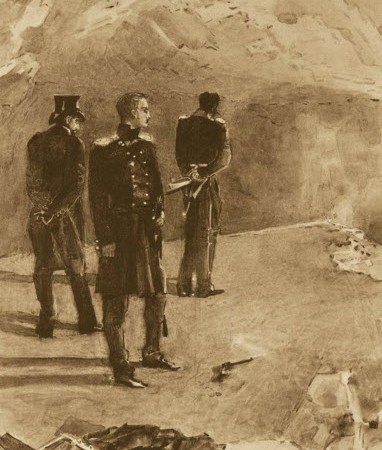
A Hero of Our Time
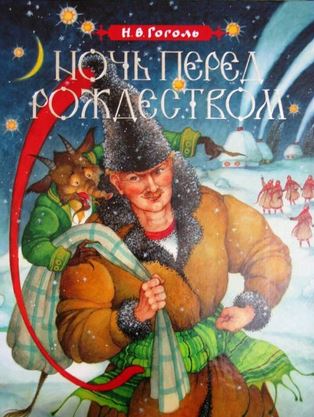
The Night Before Christmas
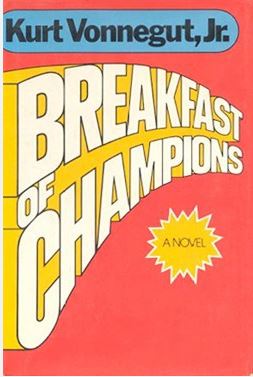
Breakfast of Champions
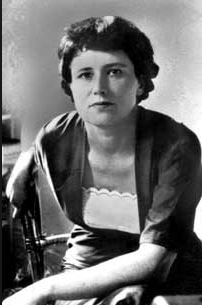
To Room Nineteen

Rules of the Game
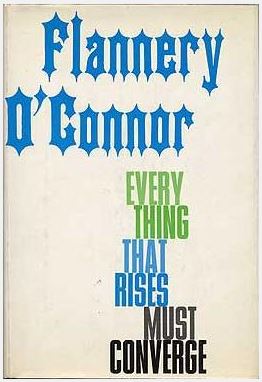
Everything That Rises Must Converge

Death by Landscape
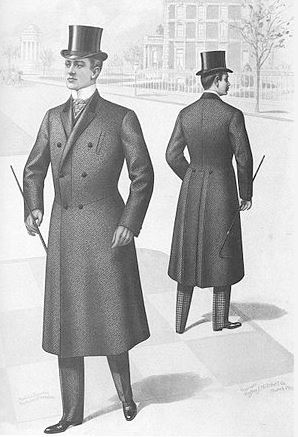
The Overcoat
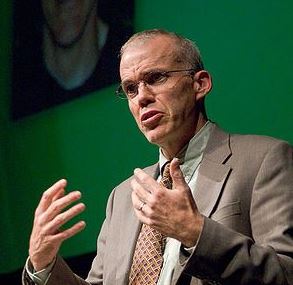
The End of Nature

Cathedral

Ethan Frome

Writing Tools: 50 Essential Strategies for Every Writer
I was blind to the blindness in Araby

The Story of an Hour

The Garden-Party

What I Talk About When I Talk About Running
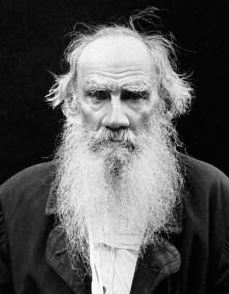
The Death of Ivan Ilych

The Dead
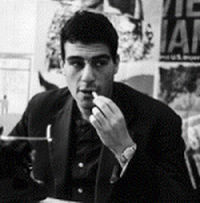
Some Notes on Dovlatov

Araby

A Hunger Artist

The Ones Who Walk Away from Omelas

Art and Fear: Observations on the Perils (and Rewards) of Artmaking
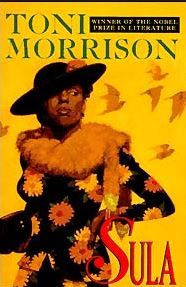
Sula

The God of Small Things

Howl by Allen Ginsberg

Life and Death in Shanghai

Fight Club

Ours: A Russian Family Album

Early morning

The Little Prince

Another Bullshit Night in Suck City
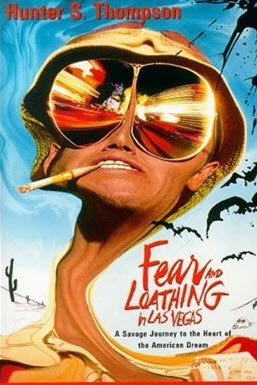
Fear and Loathing in Las Vegas

Anna Karenina
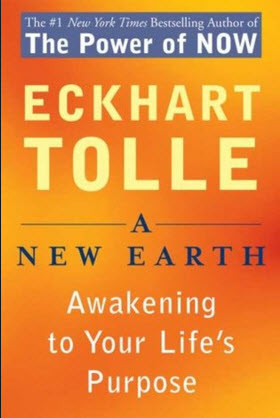
A New Earth: Awakening Your Life’s Purpose
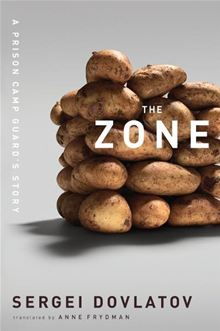
The Zone: A Prison Camp Guard’s Story
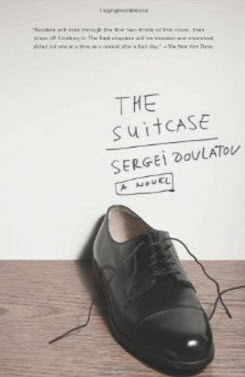
The Suitcase

Some words on love
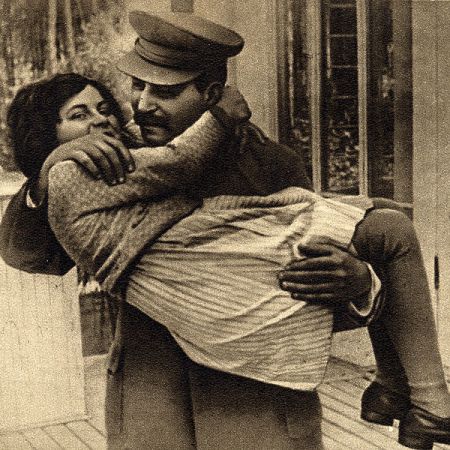
Twenty Letters to a Friend

The Way It Is: New and Selected Poems
